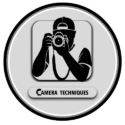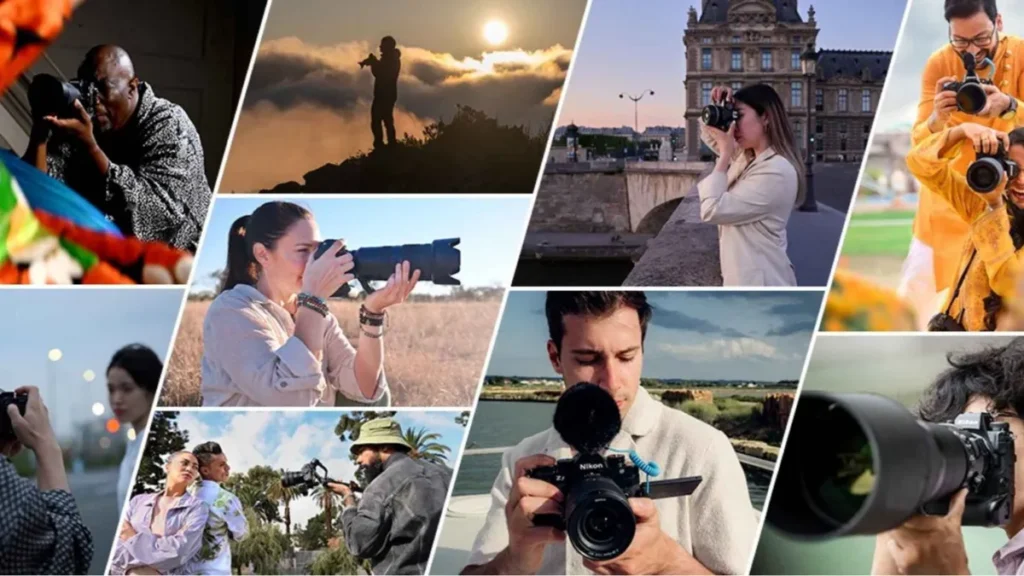Best camera techniques for beginners are essential for anyone starting out in photography because without the right techniques, capturing great photos can be challenging. If you are new to photography, a few simple yet effective camera techniques can make your work much easier and give your pictures a professional touch. In this guide, you’ll learn the basic tips that can instantly improve your photography skills.
1. Understand Your Camera Settings
Before anything else, it’s important to know the main camera settings like ISO, Shutter Speed, and Aperture.
- ISO – The lower the ISO, the clearer the image. Increase ISO only in low-light situations.
- Shutter Speed – Use a fast shutter speed to capture motion and a slow shutter speed in low-light or for creative effects.
- Aperture (f-stop) – A low f-number (like f/1.8) blurs the background for portraits, while a high f-number (like f/11) keeps more of the scene in focus.
2. Use Lighting to Your Advantage
Lighting plays a huge role in the quality of your photos. Natural light is often the best, especially during the Golden Hour (shortly after sunrise and before sunset). This time of day offers soft, warm lighting that gives your photos a beautiful glow.
Also read: Camera Techniques for Wildlife Photography – Mastering the Art of Capturing Nature
3. Hold Your Camera Properly
Hold the camera firmly with both hands and keep your elbows close to your body. This reduces camera shake and prevents blurry photos. When shooting in low light, use a tripod for extra stability.
4. Focus on Framing and Composition
One of the best camera techniques for beginners is mastering composition. Follow the “Rule of Thirds”—divide your image into three equal sections and place the subject along the lines or at intersection points. This creates more balanced and visually appealing photos.
Also read: Camera Techniques: A Complete Guide for Beginners and Enthusiasts
5. Set the Right Focus
If your subject is moving, use Continuous Autofocus (AF-C). For still subjects, use Single Autofocus (AF-S). Manual focus works best when you want complete control over sharpness.
6. Experiment with Different Angles
Don’t always shoot from eye level. Try capturing images from above, below, or at unique side angles to make your photos stand out and look more creative.
7. Keep Practicing
The key to becoming a better photographer is practice. Take photos daily with different subjects and settings. Over time, you’ll learn how to use the right camera techniques for different situations.
Conclusion
If you’re just starting your photography journey, following these best camera techniques for beginners will quickly improve your skills. With the right settings, good lighting, strong composition, and regular practice, you’ll be able to take professional-quality images—whether you’re using a DSLR, mirrorless, or smartphone camera.

